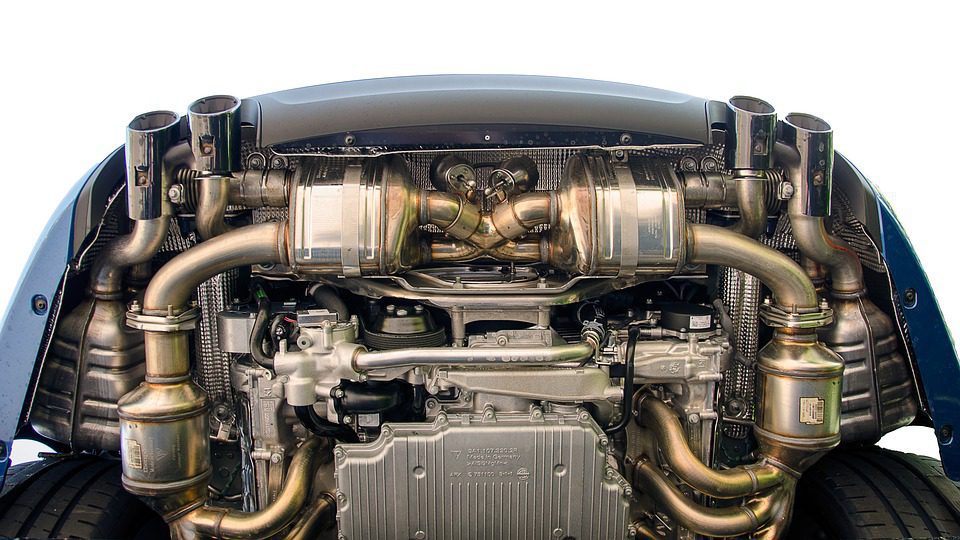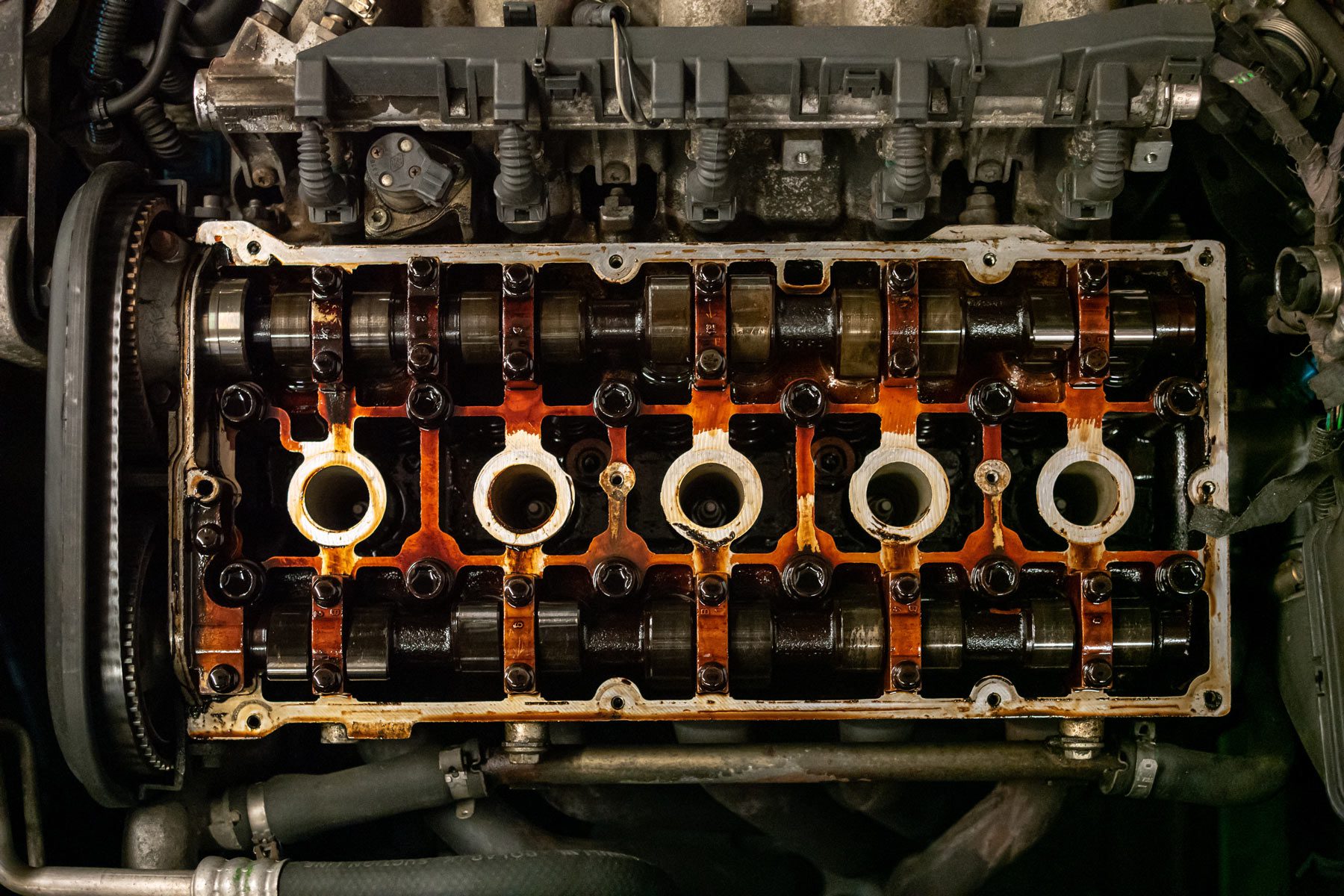Boost Your Experience with a High-Quality Opel Corsa Engine
Boost Your Experience with a High-Quality Opel Corsa Engine
Blog Article
Checking Out the Inner Operation of a Compact Automobile's Engine System
As drivers, we often consider given the detailed procedures that occur within the boundaries of our automobile's engine system. The compact yet complex equipment that moves us ahead is a marvel of engineering precision and sychronisation. From the regulated surges in the combustion chamber to the thorough timing of fuel injection, every element plays a vital role in the smooth operation of the engine. In this exploration of a small vehicle's engine system, we will unravel the internal workings of this mechanical symphony, clarifying the mysteries that drive us ahead on our daily journeys.
Combustion Process Overview
The burning process in a portable lorry's engine system is a crucial device that effectively transforms fuel right into power to power the automobile. This procedure takes place within the burning chamber of the engine, where gas and air mix, stir up, and create controlled surges. The burning process is composed of four major phases: intake, compression, power, and exhaust.
Throughout the intake phase, the piston relocates downward, drawing in a mix of air and fuel into the combustion chamber. This descending movement generates the power required to drive the car. This cyclic combustion procedure is essential to the procedure of a small automobile's engine system, guaranteeing efficient power conversion for propulsion.
Piston and Cylinder Communication

The piston's accurate fit within the cylinder is essential for maintaining optimum compression and stopping energy loss throughout burning. Limited clearances between the piston and cylinder wall surfaces guarantee effective sealing, allowing the piston to relocate smoothly without enabling gases to leakage past. Correct lubrication is additionally crucial to decrease friction and wear in between these parts, enhancing longevity and performance.
Furthermore, the layout and materials utilized in producing the piston and cyndrical tube impact engine effectiveness and longevity. Modern engines frequently utilize light-weight yet long lasting products like light weight aluminum alloys for pistons and cyndrical tube linings to reduce inertia and boost thermal efficiency. On the whole, the unified communication in between the piston and cyndrical tube is fundamental to the engine's performance and overall performance.
Fuel Injection System Functionality
Fuel shot systems in portable lorry engines play a vital duty in exactly providing fuel to the combustion chamber for regulated and effective ignition. The gas injection system functions by infusing gas right into the combustion chamber at the ideal moment throughout the engine's procedure (opel corsa engine). This accurate timing guarantees that the fuel blends uniformly with the air for appropriate combustion, bring about improved fuel effectiveness and decreased exhausts
There are largely two kinds of fuel shot systems used in compact car engines: port fuel shot (PFI) and direct gas injection (DFI) PFI systems inject fuel into the intake port prior to the consumption valve, while DFI systems infuse gas straight right into the burning chamber. Both systems have their advantages, with DFI providing much better fuel atomization and PFI offering a more cost-effective service.
Comprehending Engine Air Conditioning Devices
Efficient operation of a compact lorry's engine depends greatly on the efficiency of its cooling devices. Engine air conditioning is important to prevent getting too hot, which can cause major damage and reduced efficiency. The cooling system in a compact lorry normally contains several elements interacting to control the engine temperature. One important component is the radiator, which uses coolant to absorb warmth from the engine. As the warm coolant streams through the radiator, it releases warm into the air, cooling prior to going back to the engine. The water pump flows the coolant with the engine and radiator, guaranteeing a consistent flow to control temperature level. Furthermore, the thermostat helps regulate the coolant flow to keep look these up optimal engine temperature level. Some lorries also have cooling down fans that trigger when additional air conditioning is required, such as throughout rush hour or heat. Recognizing these engine air conditioning systems is vital for keeping the performance and longevity of a small car's engine system.

Exhaust System Components Explained
The optimum functioning of a portable car's engine cooling systems depends on a corresponding system understood as the exhaust system, which makes up numerous important elements for guaranteeing efficient exhausts and engine performance. The exhaust manifold accumulates exhaust gases from the engine's paths and cylinders them to the catalytic converter.
One vital component of the exhaust system is the oxygen sensor, which keeps track of the oxygen levels in the exhaust gases to aid manage gas intake and guarantee ideal engine efficiency. opel corsa engine. In addition, the resonator may be present in some exhaust systems to lower noise levels. On the whole, the exhaust system plays an important role in Website preserving engine performance, reducing dangerous exhausts, and guaranteeing a quieter driving experience for portable car proprietors

Conclusion
In verdict, the small vehicle's engine system is a complicated combination of parts that function with each other to help with the combustion procedure, transform gas right into energy, and expel waste gases. Comprehending the inner workings of the engine system, including the piston and cylinder interaction, gas injection system, engine cooling systems, and exhaust system elements, is important for keeping optimal efficiency and performance of the car.
The combustion procedure in a small vehicle's engine system is an important mechanism that successfully converts gas right into power to power the car.Fuel injection systems in portable car engines play a vital role in exactly providing fuel to the burning chamber for controlled and efficient ignition.There are mainly two types of fuel shot systems utilized in compact automobile engines: port gas shot (PFI) and straight fuel injection (DFI) Comprehending these engine air conditioning devices is important for maintaining the efficiency and long life of a compact automobile's engine system.
The optimum performance of a portable vehicle's engine cooling mechanisms depends on a complementary system recognized as the exhaust system, which makes see here up different vital elements for making certain effective emissions and engine efficiency.
Report this page